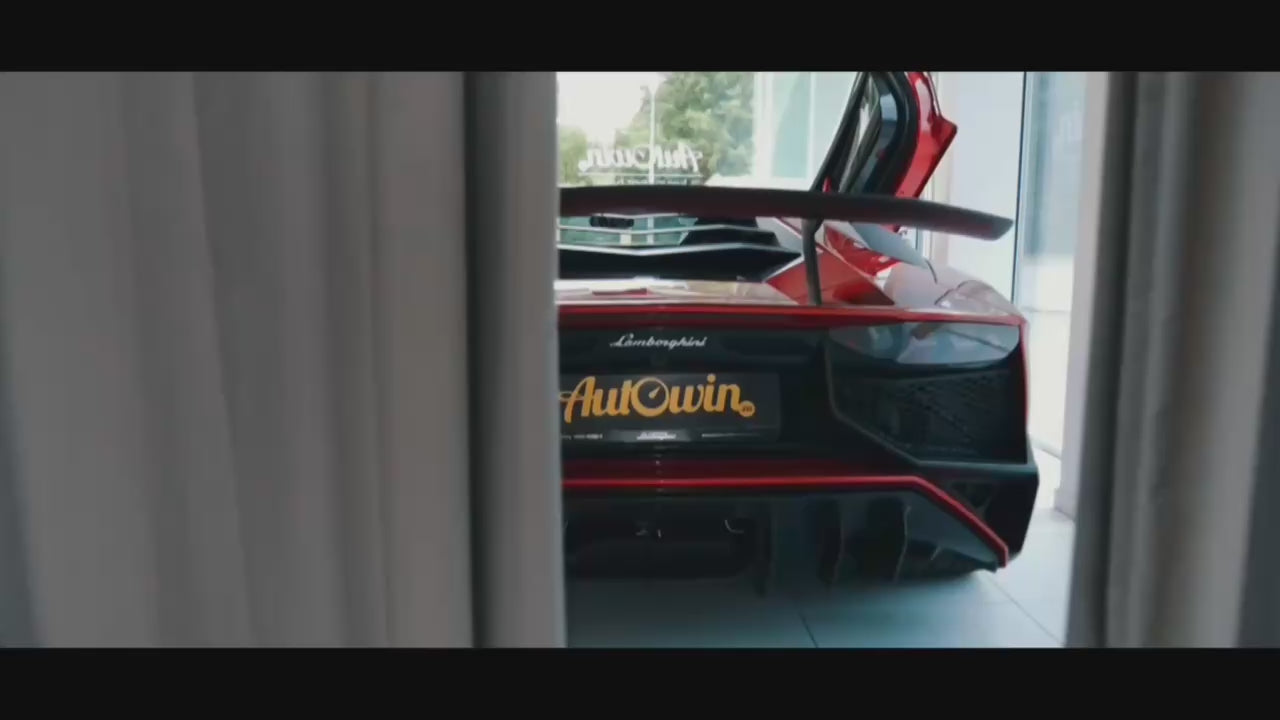How do I fix a noisy or squealing belt?
I’ve chased more than a few chirps and squeals over the years—usually in a rain-soaked car park with the bonnet up and a torch between my teeth. A noisy or squealing belt is one of those sounds you can’t un-hear. The good news? It’s often simple to diagnose and fix if you know where to look. Whether your car uses a single serpentine belt or old-school V-belts, here’s the no-nonsense, lived-in guide to silencing the racket.

Quick diagnosis: what your noisy or squealing belt is trying to tell you
Before you reach for tools, listen. When does the noise happen?
- Cold start shriek (2–10 seconds): Often a loose or glazed belt, weak tensioner, or damp belt after rain.
- Turning the wheel or parking maneuvers: Power steering load highlights a tired belt or slipping pulley.
- A/C on = instant squeal: Compressor engagement loads the belt; look at tension and compressor pulley/clutch.
- Constant chirp with engine speed: Misaligned pulley, bad idler/tensioner bearing, or debris in the ribs.
- Squeal that doesn’t change when you spritz water on the belt: That’s likely a bearing, not the belt.
Tools and supplies you’ll want on hand
- Socket set and a long-handled ratchet or breaker bar
- Belt tensioner tool (handy on tight bays)
- Straightedge or long ruler (for alignment checks)
- Inspection light and gloves
- Mechanical stethoscope or a long screwdriver (to listen for bad bearings)
- New serpentine/drive belt (EPDM) if needed
- Replacement tensioner/idler pulley if worn
- Isopropyl alcohol and a lint-free cloth (to clean pulley faces)
How to fix a noisy or squealing belt: step-by-step
-
Inspect the belt up close
Engine off. Torch on. Look for cracks, missing chunks, frayed edges, or a glossy “glazed” sheen on the ribbed side. On modern EPDM belts you won’t always see classic cracks—use feel and sight: if the ribs look polished like a bowling lane, it’s slipping.
- If worn or damaged: Replace the belt. They’re consumables, usually 60k–100k miles.
- Contamination check: Oil or coolant on the belt? Fix the leak first, or the new belt will squeal too.
-
Check belt tension (and the tensioner)
Most modern cars use a spring-loaded automatic tensioner. With the engine off, use the appropriate tool to relieve tension and observe the arm’s movement. It should sweep smoothly and hold firm. If it jitters, binds, or sits near its stop, it’s weak.
- Manual adjusters/V-belts: Check spec in your owner’s manual. As a rough guide, about 1/2 inch of deflection at the longest span is common, but always follow the spec.
- If too loose: Tighten to spec or replace the tensioner if it’s spring-loaded and sluggish.
-
Spin and listen to pulleys
With the belt off, hand-spin the idler, tensioner, and accessory pulleys. They should be smooth and nearly silent—no grinding, wobble, or crunchy spots.
- Rough or noisy? Replace that pulley or the accessory (alternator clutch pulley, A/C clutch bearing, etc.).
- Wobble at the crank pulley/harmonic balancer: Stop. A delaminating balancer can shred belts and cause bigger trouble.
-
Check pulley alignment
Lay a straightedge across multiple pulleys. If one sits out of plane, you’ll get a high-pitched chirp. Misalignment can come from a bent bracket, a failing tensioner, or the wrong-width belt.
-
Clear debris and clean contact surfaces
Dirt, small stones, or rubber dust packed in the ribs can whistle like a referee. Brush out the grooves, wipe pulley faces with alcohol, and inspect for nicks that could chew a belt.
-
Refit or replace the belt correctly
Follow the routing diagram under the bonnet or in the manual. If there isn’t one, take a quick photo before removal—ask me how I learned that. Ensure every rib is seated. A single rib off-track will squeal and wear fast.
-
Start, listen, recheck
Fire it up and let it idle. If the noise is gone, take a short drive with A/C on and a few tight turns. Still squeals? Revisit tension and spin-test bearings again.
Common noisy or squealing belt symptoms and fixes
| Symptom | Likely Cause | DIY Fix | Risk if Ignored |
|---|---|---|---|
| Squeal at cold start, then fades | Loose/glazed belt, weak tensioner, damp belt | Replace belt, inspect/replace tensioner | Battery not charging fully, repeat noise |
| Chirp that tracks engine speed | Misaligned pulley or debris in ribs | Realign bracket/tensioner, clean grooves | Premature belt wear, eventual snap |
| Squeal with A/C on | Compressor load revealing slip; clutch/bearing issue | Check tension, inspect A/C clutch/pulley | Belt failure, A/C damage |
| Constant squeal; water test doesn’t change sound | Idler/tensioner/alternator bearing | Replace the noisy bearing/pulley | Pulley seizure, belt smoke/snap |
| Visible wobble at crank pulley | Failing harmonic balancer | Replace balancer immediately | Severe engine vibration, belt destruction |
Real-world notes from the road
- After a downpour, some belts give a quick yelp on the first start. One yelp? Fine. A daily performance? Not fine.
- I’ve had owners swear the “new belt” didn’t help—turned out the tensioner was shot. Replace in pairs if in doubt.
- On certain German cars, the alternator’s one-way clutch pulley can cause a rhythmic chirp. If you can stop the alternator fan by hand (engine off!) and feel play, it’s time.
- Minivans and SUVs with tight engine bays often eat idler bearings first. If you’re doing the belt at 90k, consider preventative pulleys.
When to call a pro
If you hear grinding, smell burning rubber, or see pulley wobble, get it inspected immediately. A seized pulley can shred a belt, which can then take out a crank seal or, on some engines, get pulled behind the timing cover. Not worth the gamble.
Cost and time reality check
- Belt: $20–$65 for most cars; 15–45 minutes DIY.
- Tensioner or idler pulley: $30–$140 each; 30–90 minutes depending on access.
- Harmonic balancer: $100–$300+ part; 1.5–3 hours and often special tools.
Conclusion: the simple path to a quiet drive
A noisy or squealing belt is rarely a mystery once you check the basics: belt condition, proper tension, clean/straight pulleys, and healthy bearings. Do that loop in a calm, methodical way and you’ll get back to a cabin so quiet you can hear your kids arguing in the back—lucky you. Fix it right and you won’t think about the belt again for years.
FAQ: noisy or squealing belt
- Is it safe to drive with a squealing belt? Briefly, maybe. But if it drives the alternator, water pump, or power steering, you’re flirting with a breakdown. Fix it soon.
- How long does a serpentine belt last? Typically 60,000–100,000 miles on EPDM belts. Heavy accessory loads or heat can shorten that.
- Will belt dressing stop the squeal? Temporarily, sometimes—but it’s a band-aid. Address tension, alignment, contamination, or worn parts instead.
- Why does it squeal only when cold or wet? Moisture reduces friction and highlights weak tension or a glazed belt. Once warm and dry, it grips better.
- How do I find the belt routing? Look for a decal under the bonnet, in the owner’s manual, or snap a photo before removal. Many manufacturers post diagrams online by engine code.























